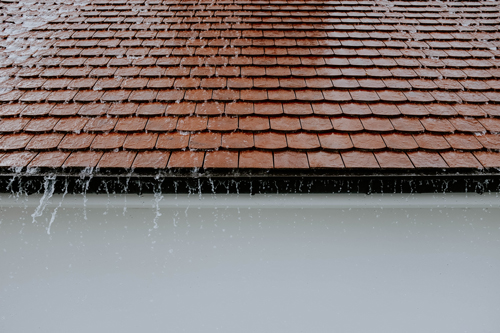Now that winter has passed, it’s time to take stock of your home, fix any weather-related damage sustained throughout the last four months and plan future improvements. However, before you start tearing apart your house, consult a few crucial spring home improvement guidelines.
Protect Your Driveway Against The Elements
Inspect your driveway as well. Snow melt and plows can damage it, reported Popular Mechanics. Weather causes hairline cracks which, over time, deepen and expand with exposure to chemicals and moisture. You won’t have to organize an expensive asphalt intervention to resolve this issue. Just stop by your local home improvement store and pick up some hot sealer. Spring actually poses a more serious threat to driveway continuity. Frost heave — when soil below a paved surface is saturated with frozen moisture and expands — causes driveways to move. Unfortunately, there isn’t an easy fix for this. Repaving or extensive patching are your only options.
Check Your Plumbing
Winter can do a number on your plumbing. Cold air can freeze and rupture pipes and outdoor faucets. So, be sure to check your pipes for damage and get any problems fixed before the freeze returns. Once you’ve resolved any issues, consider further improvements. If you live in a particularly cold area, you can purchase pipe insulation or invest in a new heating system. Frozen pipes are normally the result of an ineffective home heating unit.
Of course, if you’re nervous about exploring the inner workings of your plumbing system or scouring your roof for cracks, you can always call in a home inspection company. They can point out all of your household pain points and offer in-depth advice on how to make key spring improvements.
Fight Back Against Water Damage
Even if your roof wasn’t visibly overloaded with snow this past winter, it could still be damaged. And, when spring rains come, the smallest leak can be a huge deal. According to CBS News, interior water damage is one of the most frequently cited issues in home insurance claims. Additionally, make sure your exterior drainage system is still intact and free of blockages.
“If there are 10 things that can go wrong with a house, 15 of them have to do with water,” home inspector Bill Loden told Consumer Reports.

Prepare for the draft
To prevent drafts and improve energy efficiency, many homeowners reseal their windows every year. If not done pre-winter, now is the time to save on air conditioning costs. Sealing your windows with caulk and weather stripping will prevent cold air from escaping your home. According to U.S. News & World Report, most brands of window caulk crack and crumble away in cold temperatures. so get a head start on next winter by putting a new layer of caulk on your windows. You should probably go with a silicone or acrylic sealant — both hold up well in the winter. You can also add a few extras to maximize your insulation potential. Weather stripping is a good option, reported Popular Mechanics.

